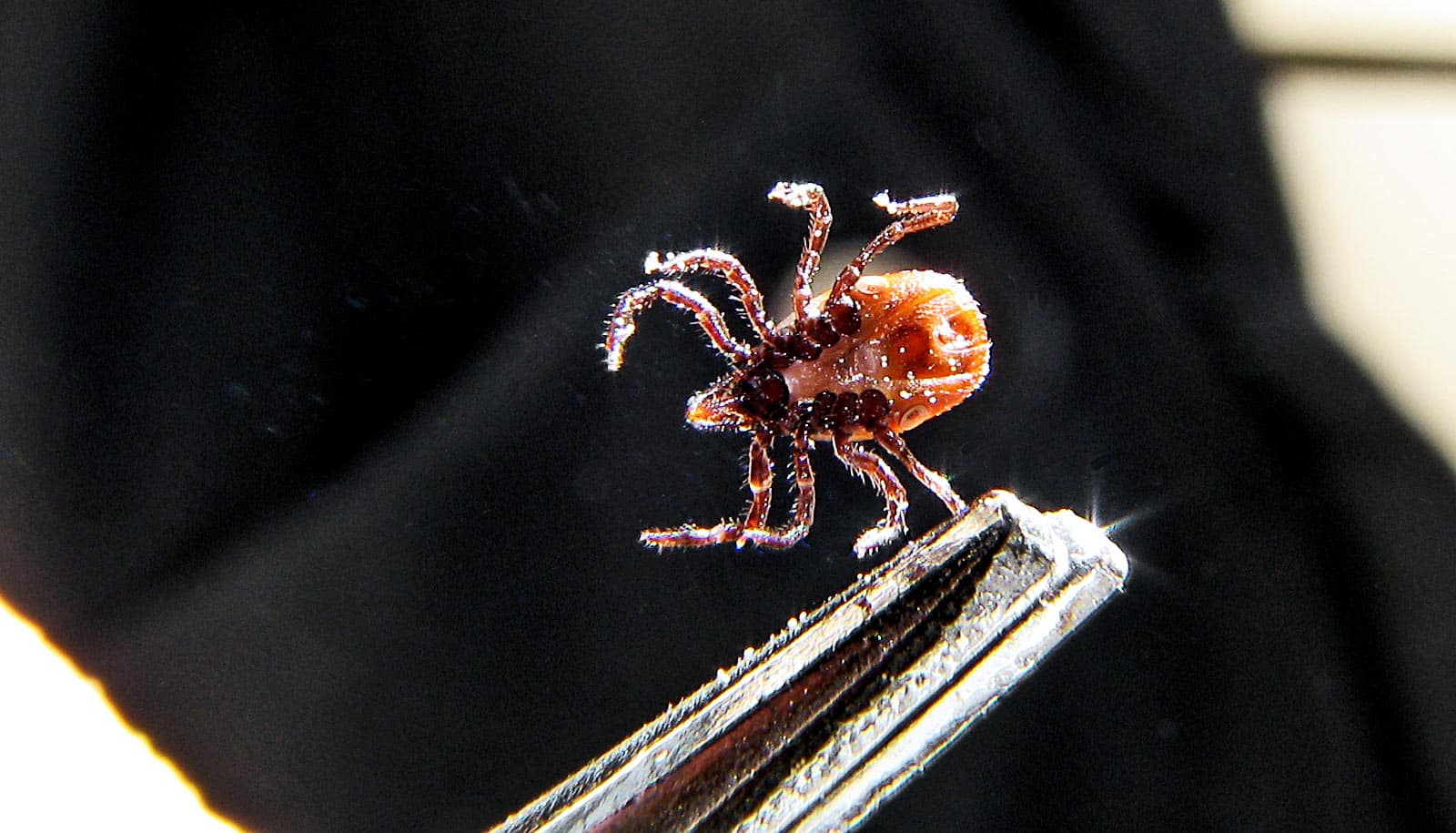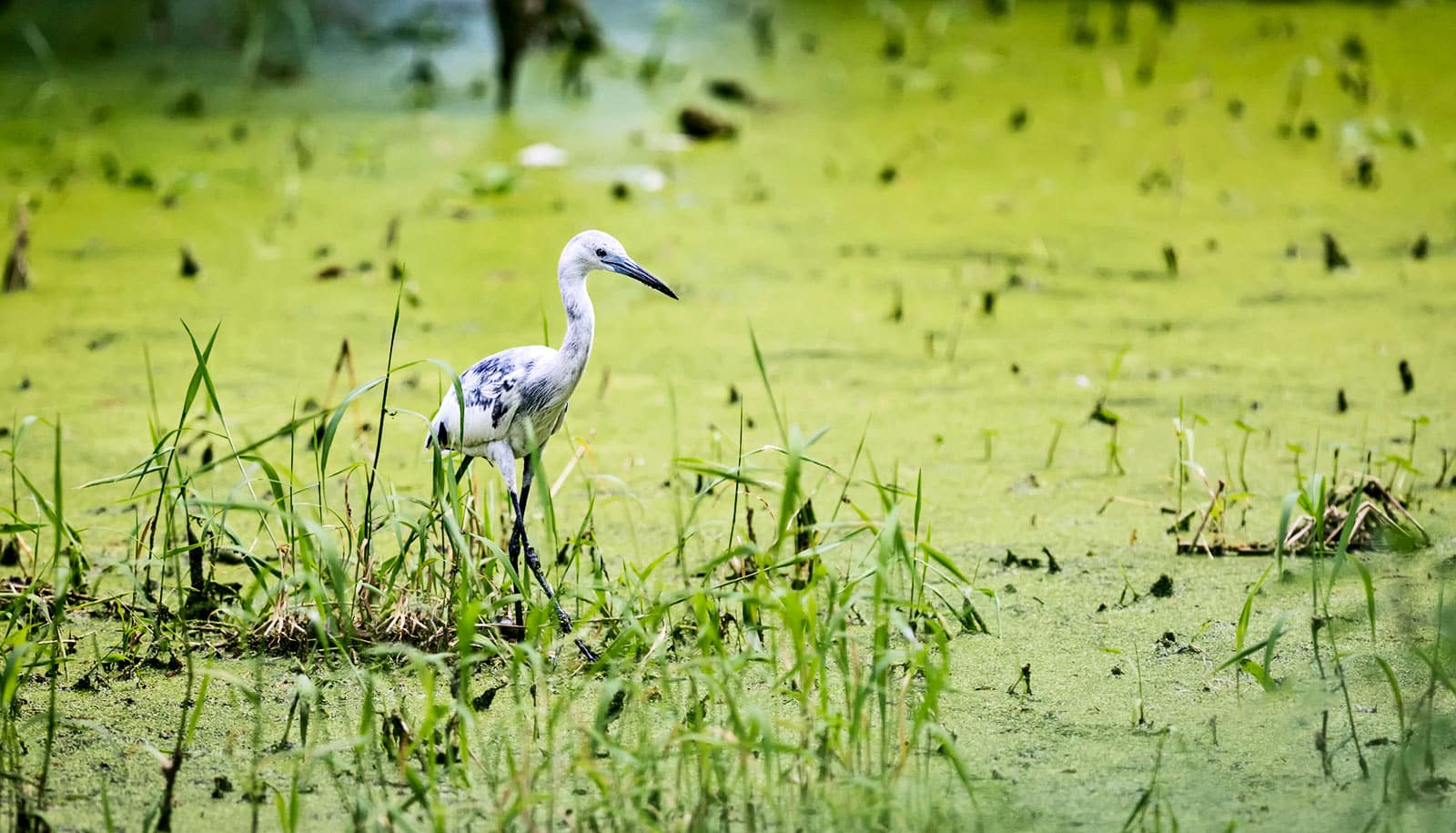Rising temperatures may boost the number of cases of Lyme disease—already the most common tick-borne disease in North America—by more than 20 percent by the middle of the century, according to a new study.
Lyme disease is the most common tick-borne disease in North America and its incidence has risen sharply in the last decade. Since its progression depends on environmental factors, increases in daily temperatures—a manifestation of climate change—might be contributing to a rise in the number of ticks as well as a greater availability of hosts.
“A sizable increase in the incidence of cases of Lyme disease in the United States due to climate change is imminent,” says study coauthor Edson Severnini, assistant professor of economics and public policy at Carnegie Mellon University’s Heinz College of Information Systems and Public Policy.
“Our findings should alert clinicians, public health professionals, and policymakers, as well as the general public,” Severnini says.
The number of reported cases of Lyme disease in the United States rose from 10,000 in 1991 to about 28,000 annually in the past five years.
“Lyme disease is a classic example of the link between environmental factors and the occurrence and spread of disease…”
Growing evidence suggests that climate change may affect the incidence and prevalence of diseases like Lyme. This is because ticks spend most of their life cycle outside the host in an environment in which temperature and humidity directly affect their development, activity, survival, and host-seeking behavior.
In fact, the US Environmental Protection Agency uses the number of cases of Lyme disease as an indicator of climate change.
To better understand the magnitude of the effect of climate change on incidences of Lyme disease, researchers examined the effect of climatic variables on frequency of the disease in 15 US states with the highest occurrence of Lyme disease.
The states, which are primarily in the Northeast and upper Midwest, contribute to 95 percent of reported cases. In those states, researchers studied 568 counties, using annual epidemiological data from the Centers for Disease Control and Prevention from 2000 to 2016; they also looked at meteorological data (temperature and precipitation) from the National Oceanic and Atmospheric Administration.
Assuming the temperature will rise 2 degrees Celsius (3.6 degrees Fahrenheit) by mid-century, which is what the US National Climate Assessment predicts will occur based on projection averages for the period 2036-2065, the study predicts the number of cases of Lyme disease in the United States will increase about 21 percent by mid-century.
This means 8.6 more cases of Lyme disease per 100,000 people annually.
“Tick-borne diseases are an important public health concern and the incidence of these infections is increasing in the United States and worldwide,” says lead author Igor Dumic, researcher at the Mayo Clinic College of Medicine and Science and the Mayo Clinic Health System.
“Lyme disease is a classic example of the link between environmental factors and the occurrence and spread of disease,” Dumic says.
The study appears in the Canadian Journal of Infectious Diseases and Medical Microbiology.
Source: Carnegie Mellon University


